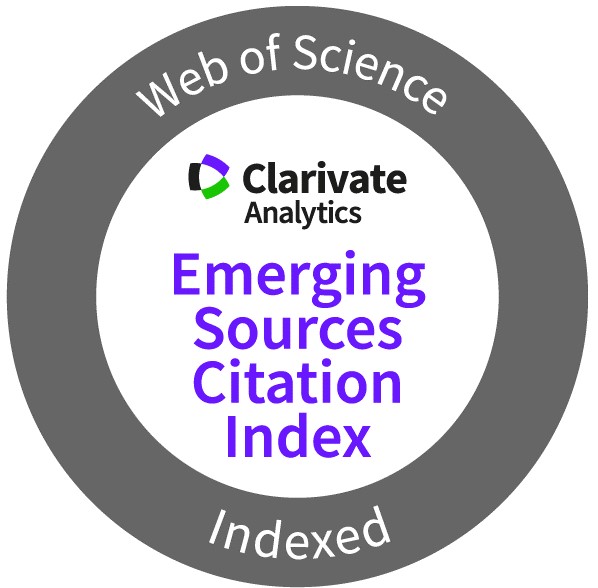Características de los participantes en el Circuito de Carreras Populares de la ciudad de Valencia
Palabras clave:
hábitos saludables, carreras populares, corredores.Resumen
El presente estudio se ha llevado a cabo para analizar el perfil del corredor de carreras populares de la ciudad de Valencia. La promoción de actividades y eventos deportivos es una herramienta muy importante para el establecimiento de hábitos saludables en la población. Persiguiendo este objetivo, el deporte municipal y en concreto el circuito de carreras populares cumplen un papel fundamental, ya que se convierten en una oportunidad accesible en todos los sentidos para que la gente se inicie y consolide sus niveles de práctica deportiva. La muestra corresponde a un total de 1467 participantes de los cuales 390 son mujeres y 1077 hombres, representando un 25,58% y un 73,42% respectivamente. Como instrumento se procedió a elaborar una encuesta a partir de la literatura existente, estructurada en cuatro bloques. Se ha llevado a cabo un análisis descriptivo para conocer el perfil de corredor que asiste a este tipo de eventos, controlando numerosas variables: edad, género, frecuencia de práctica, pertenencia a un club, posesión de ficha federativa, años que lleva corriendo, con quién suele salir a correr, en qué espacios suele salir a hacer running y, por último, su opinión respecto a las instalaciones que ofrece la ciudad de valencia para la práctica deportiva. En algunas de estas variables se han realizado comparaciones entre hombres y mujeres. Los resultados muestran información interesante respecto al perfil del corredor, encontrando diferencias significativas entre hombres y mujeres en algunas de las variables propuestas.
Citas
Alguacil, M., Pérez-Campos, C., Berenguer, S. A., & Boquera, J. (2016). ¿La celebración de un evento promociona la ciudad como destino turístico entre los deportistas?. Revista Euroamericana de Ciencias del Deporte, 5, 123-136.
Añó. V (2010). Passió per l’Esport. De la Pràctica als gran esdeveniments. PUV. Valencia.
Añó, V. (2014). La organización de eventos deportivos en tiempos de crisis. La percepción de los residentes de las ciudades organizadoras. En Llopis. R (director). Crisis, cambio social y deporte. Nau Llibres. Valencia.
Añó, V., Calabuig. F. y Parra. D. (2012). Impacto Social de un gran evento deportivo: el Gran Premio de Europa de Fórmula 1. Cultura, Ciencia y Deporte, 7(19), 53-65.
Calabuig, F., Parra, D., Añó, V. y Ayora, D. (2014). Análisis de la percepción de los residentes sobre el impacto cultural y deportivo de un Gran Premio de Fórmula 1. Movimento, 20(1), 261-280.
Llopis, R. y Llopis, D. (2012). Una tipología sociocultural de los corredores populares en España. Apunts, Educación Física y Deportes, 108, 9-16.
Núñez, J. M., Calabuig, F., Añó, V. y Parra, D. (2014). Public perception of costs associated with major sporting events. En: Alonso Dos Santos, M. (Ed.). Strategies in Sports Marketing: Technologies and Emerging Trends (pp. 1-15). IGI Global
Parra, D. Calabuig, F., Añó, V., Ayora, D. y Nuñez, J. (2014). El impacto de un evento deportivo mediano: percepción de los residentes de la comunidad de acogida. Retos, Nuevas tendencias en Educación Física, Deporte y Recreación, 1(26), 88-93.
Parra, D., Ayora, D., Calabuig, F. y Añó, V. (2014). Relación entre la calidad de vida y la percepción de los residentes sobre el legado socio-económico de un evento deportivo. En: Espitia, M. A., García, L. I., Muñoz, A., Serrano, R. y Gutiérrez, J. (Eds). El deporte: dinamizador económico (pp. 37-40). Zaragoza: Copy Center Digital.
Zarauz, A. y Ruiz-Juan, F. (2011). Propiedades psicométricas de la versión española de la Running Addiction Scale (RAS). The Spanish Journal of Psychology, 14(2), 967-976.
Publicado
Cómo citar
Número
Sección
Los autores que publican en esta revista están de acuerdo con los siguientes términos:
- Los autores conservan los derechos de autor y garantizan a la revista el derecho de ser la primera publicación del trabajo al igual que licenciado bajo una Creative Commons Attribution License que permite a otros compartir el trabajo con un reconocimiento de la autoría del trabajo y la publicación inicial en esta revista.
- Los autores pueden establecer por separado acuerdos adicionales para la distribución no exclusiva de la versión de la obra publicada en la revista (por ejemplo, situarlo en un repositorio institucional o publicarlo en un libro), con un reconocimiento de su publicación inicial en esta revista.
- Se permite y se anima a los autores a difundir sus trabajos electrónicamente (por ejemplo, en repositorios institucionales o en su propio sitio web) antes y durante el proceso de envío, ya que puede dar lugar a intercambios productivos, así como a una citación más temprana y mayor de los trabajos publicados (Véase The Effect of Open Access) (en inglés).









